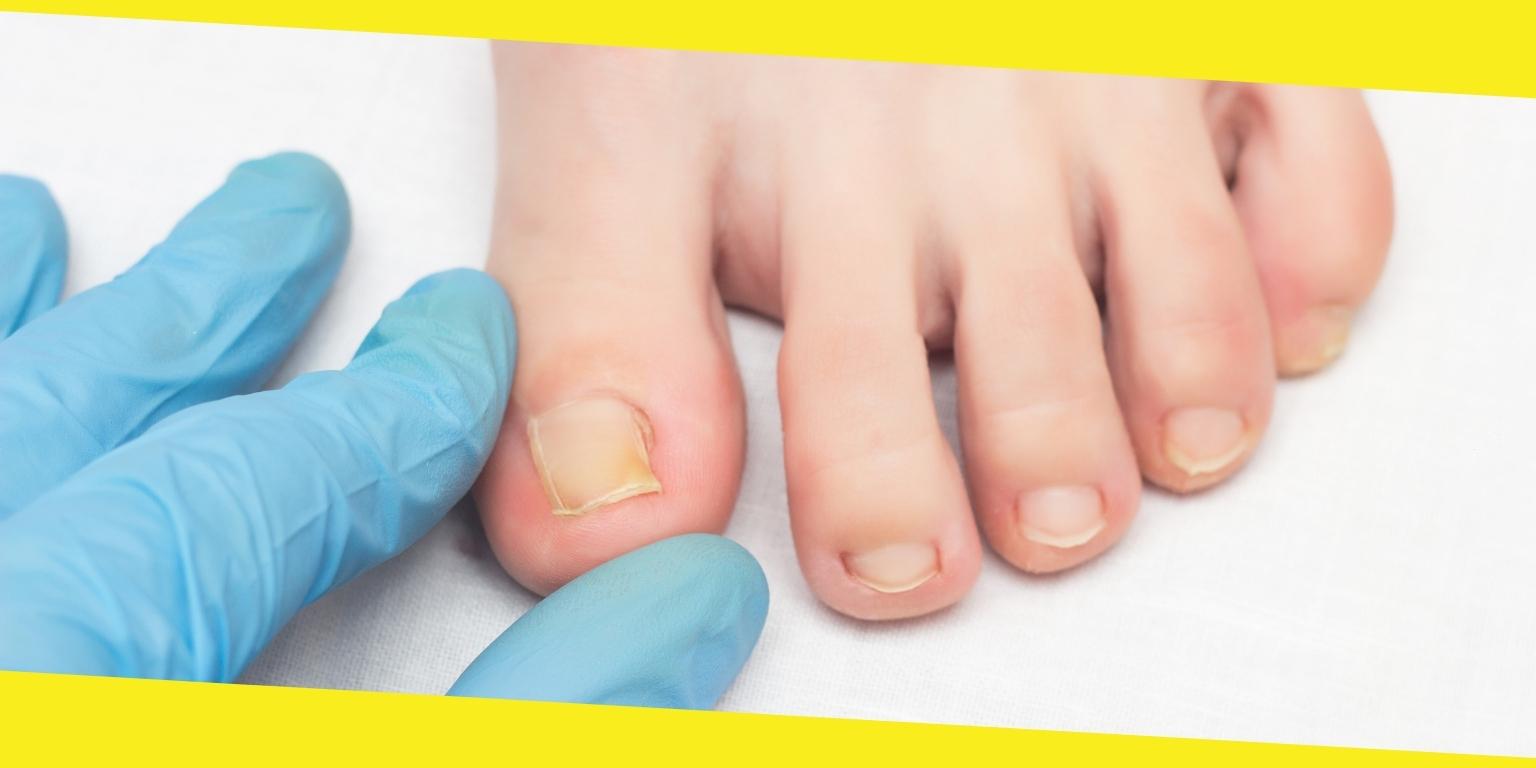All You Need To Know About An Ingrown Toenail

Ingrown toenails are a common foot problem where the corner or side of the nail grows into the flesh of the toe. They are most commonly found in big toes but can affect any of your toes. Painful, red, and swollen nails accompanied by an infection are often signs that you have this condition. If left untreated, you can experience ongoing illness and worsening pain. After repeated infections caused by ingrown nails that have gone untreated, the toe may become deformed or require amputation. There are several ways to treat this condition, but it is vital to seek treatment from a Midtown East ingrown toenail specialist before it becomes too severe. This article will discuss some of the signs you have an ingrown toenail. Read more below.
Contents
ToggleWhat Causes an Ingrown Toenail?
Toe injuries or infections can lead to ingrown nails. They are prevalent in people who have a habit of cutting their nails too short. Those with already compromised nail beds are at a higher risk because the skin becomes very thin and susceptible to injury from pressure or trauma. Bunions, hammertoes, long toes, and wide nail beds can make a person more likely to get ingrown nails.
What Signs Should I Look for?
In general, if you have any of the following problems that do not improve in a few days or at all after trying self-treatment remedies such as soaking in warm water regularly, you may have an ingrown nail.
Nails that are painful to the touch, red and swollen skin around the toe, drainage of pus or fluid from underneath the corner or side of the nail; if you notice any of these signs, it is best to see a podiatrist immediately to avoid further infection which can lead to amputation.
Treatments for Ingrown Toenails
If it has already begun to grow into the skin, you will need to see a podiatrist sooner rather than later because there is no other way to treat it at home. Once your doctor or podiatrist removes the ingrown nail, you can expect three weeks of healing.
There are some more conservative treatments available such as:
- Filing the corner of the nail.
- Application of medication to alleviate pain and inflammation.
- Use of oral antibiotics.
- Applying a bandage over the toe with padding around it.
Additional treatment options include stitching (suturing) of the skin around the corners or side of nails, removing the entire nail bed, and replacing it with a biodegradable implant, allowing the space underneath nails to fill in naturally as your nail grows out.
When Is Surgery Required?
Ingrown nails that become infected or grow into the skin beyond just causing pain are usually considered surgical emergencies. You will need surgery when you have severe, debilitating pain, a fever, chills, and decreased range of motion. In some cases, you may need surgery if the ingrown nail has caused a toenail fungus or other infection that you cannot correctly treat with oral antifungal medication.
In summary, ingrown toenails are a widespread foot problem. They often go unnoticed and can become extremely painful, infected, and deformed if not treated promptly. It is best to see a podiatrist if you have any of the symptoms mentioned in this article or notice they are worsening but continue to get better with self-treatment remedies such as soaking.
Recommended For You
Ending The Coffee Vs. Tea Debate
Most Inside
Most Inside offers high-quality recommendations and valuable updates to enhance all aspects of your life, providing premium guidance and enriching experiences.




